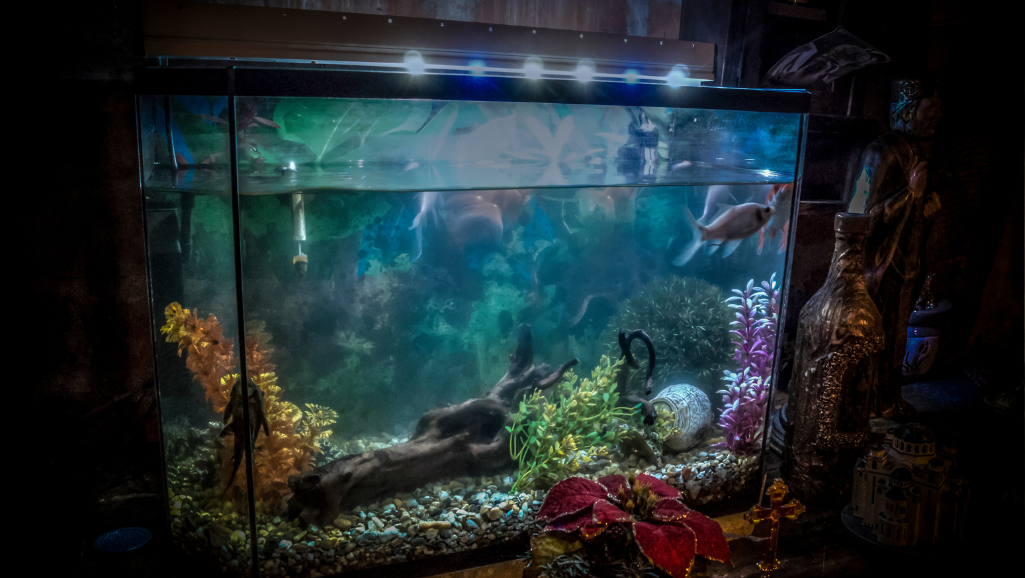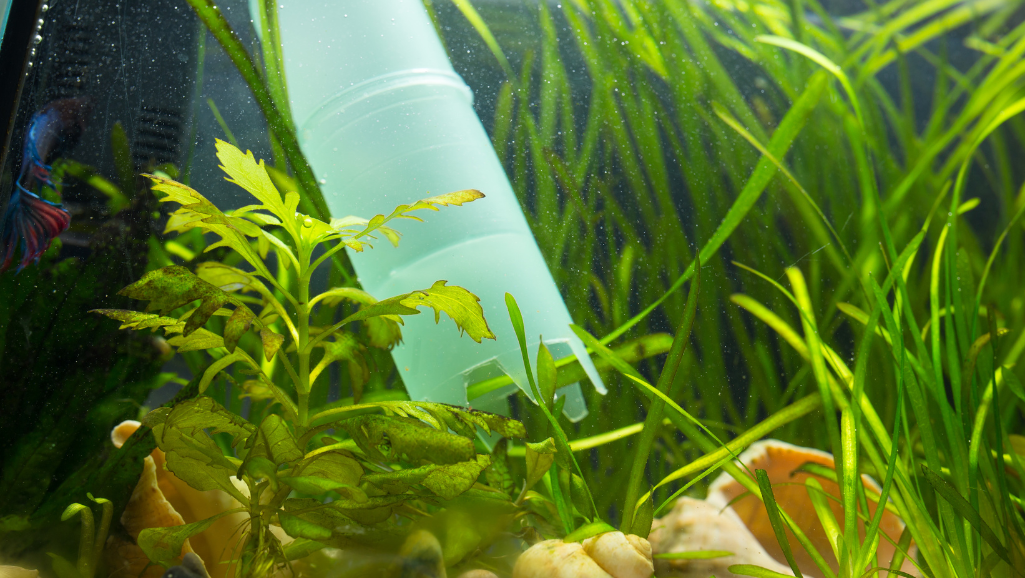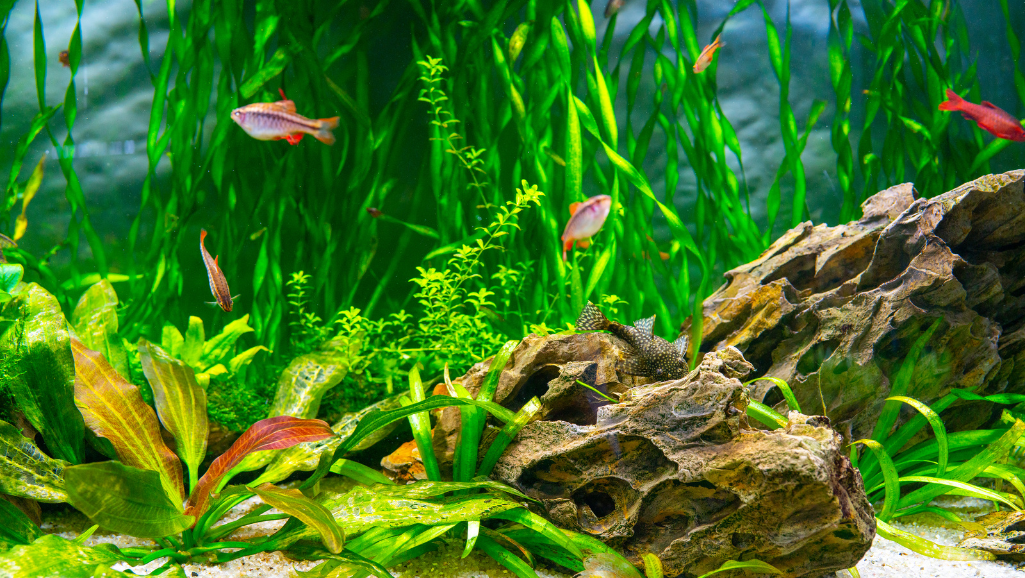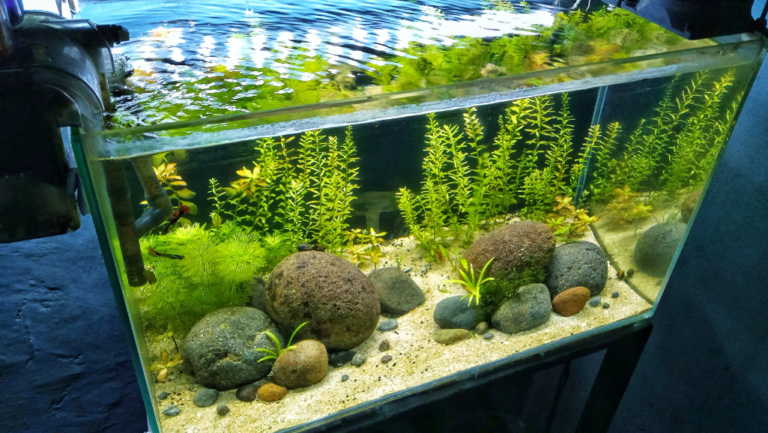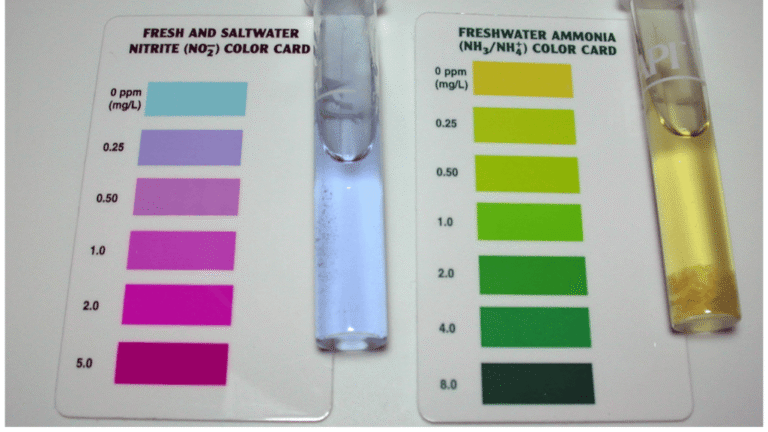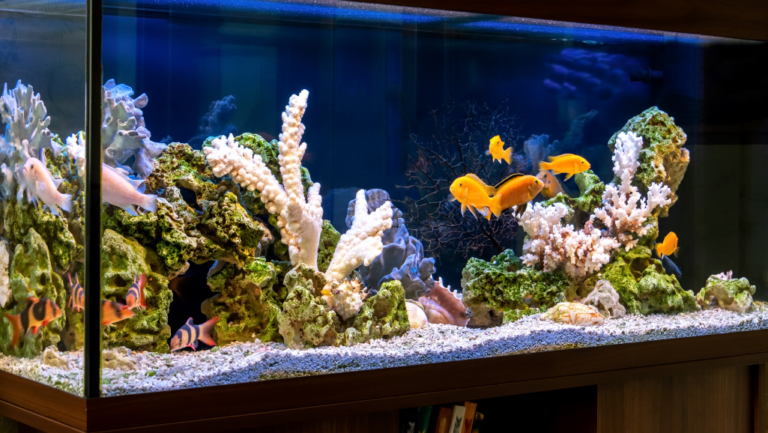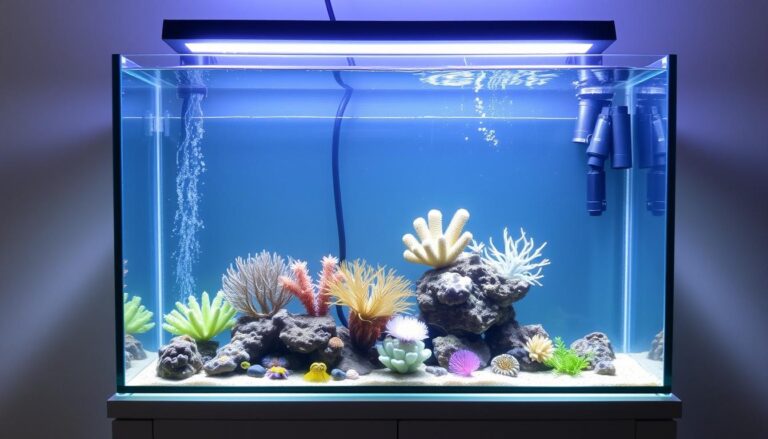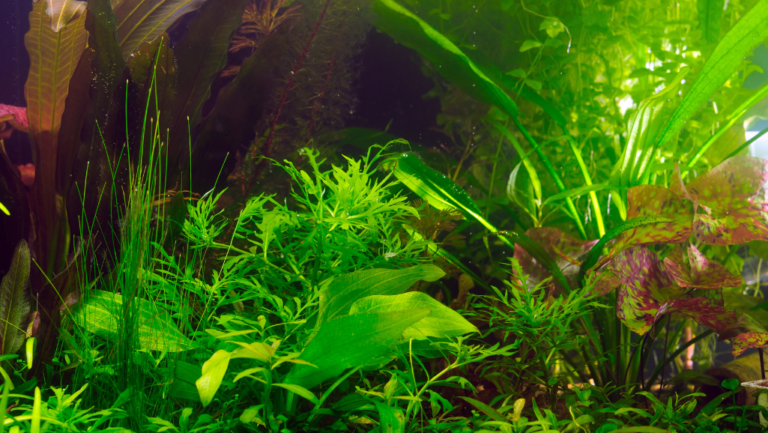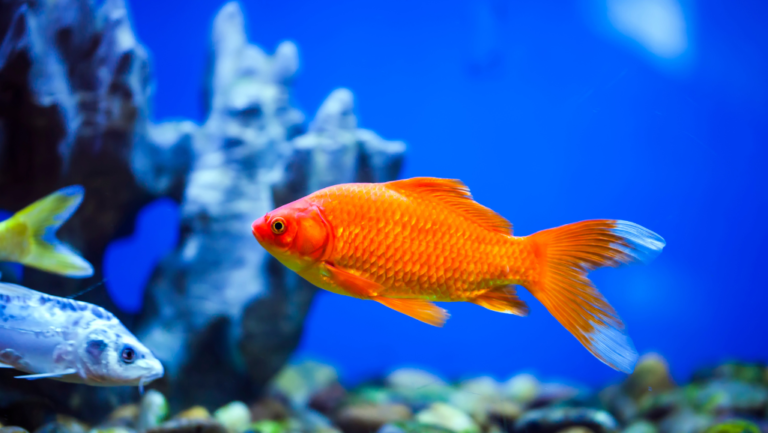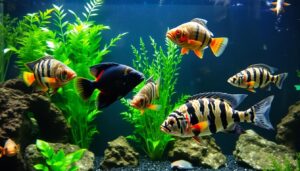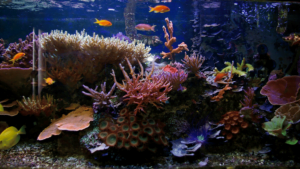Maintaining a healthy aquarium can be challenging, especially when dealing with unwanted growth. One common issue many hobbyists face is the overgrowth of algae. This problem often arises in new setups due to excess nutrients and bright lighting conditions.
Even well-established aquariums can struggle with algae if nutrient levels are high or light intensity isn’t managed properly. Species like hair algae are particularly persistent and can quickly take over if left unchecked.
To address this, it’s essential to focus on both prevention and removal. Adjusting light exposure, controlling nutrient levels, and introducing natural solutions can make a significant difference. By understanding the root causes, you can create a balanced environment that discourages algae growth.
In the following sections, we’ll explore practical strategies to help you maintain a clean and thriving aquarium. From lighting adjustments to nutrient management, these tips will guide you toward long-term success.
Key Takeaways
- Algae overgrowth is common in new aquariums due to excess nutrients and bright light.
- Proper light management is crucial to prevent algae issues.
- Nutrient control helps maintain a balanced environment.
- Hair algae is a persistent species that requires targeted solutions.
- Both prevention and removal techniques are essential for long-term control.
Understanding Green Algae in Marine Tank
Understanding the types of algae in your aquarium is the first step to effective control. While some species can be beneficial, others can quickly become a nuisance if not managed properly. Identifying the specific type of algae and its growth patterns is essential for maintaining a balanced environment.
Identifying Different Algae Types
There are several species of algae that can appear in your aquarium. Bryopsis, for example, is known for its feathery, hair-like appearance. It often attaches to rocks and can spread rapidly if left unchecked. Another common type is Caulerpa, which forms dense mats and can be challenging to remove once established.
Hair algae is another persistent species. It grows in thick, stringy clumps and can smother corals and other aquatic life. Recognizing these species early can help you take targeted action to prevent overgrowth.
Common Symptoms and Visual Cues
Algae outbreaks often present clear visual cues. Look for unusual filaments or discoloration on the glass and rock surfaces. Hair algae, for instance, often looks like clumps or strands clinging to surfaces. Excessive light can accelerate this growth, making it crucial to monitor your tank’s lighting conditions.
Another sign of an algae bloom is a change in the texture of your aquarium rocks. They may appear slimy or develop a fuzzy coating. These symptoms indicate an imbalance in nutrients or light, which needs immediate attention.
For more tips on maintaining a balanced aquarium ecosystem, consider exploring plants good for fish tanks. These plants can help reduce nutrient levels and create a healthier environment for your aquatic life.
Preventative Measures for Algae Growth in Marine Tanks
Preventing algae overgrowth starts with understanding the right balance. By focusing on light exposure and nutrient management, you can create an environment that discourages unwanted growth while supporting your aquatic life.
Optimizing Light Exposure
Light is a primary factor in algae development. Too much light can accelerate growth, especially in tanks with corals. Adjusting the photoperiod to eight hours daily can help. This reduces light exposure while still meeting the needs of your tank’s inhabitants.
For tanks without corals, even shorter lighting durations may be effective. Using timers ensures consistency and prevents overexposure. Remember, proper light management is crucial for maintaining a balanced ecosystem.
Balancing Nutrient Levels
Excess nutrients, particularly phosphates and nitrates, fuel algae growth. Monitoring these levels with test kits is essential. Aim for phosphate levels below 0.03 ppm and nitrates between 0 to 10 ppm.
Using RO water can significantly reduce phosphate and nitrate levels. Phosphate reactors are another effective tool for keeping nutrients in check. Additionally, careful feeding practices help minimize waste, which contributes to nutrient buildup.
Introducing an algae refugium can also help. This compartment competes with nuisance algae for nutrients, creating a healthier environment for your fish and corals. For more tips on maintaining a balanced aquarium, explore our guide on aquarium care and maintenance.
Effective Algae Removal Techniques
Effective removal techniques are essential for maintaining a balanced aquatic environment. Whether you’re dealing with persistent growth or a sudden outbreak, a combination of manual, mechanical, and strategic methods can help you get rid of unwanted growth.
Manual and Mechanical Cleaning Methods
Manual removal is a quick and effective way to address visible growth. Use tools like brushes, tweezers, or siphon tubes to clean surfaces. For hard-to-reach areas, a toothbrush can be particularly useful. Siphoning during a water change helps remove debris and suspended particles.
Mechanical methods, such as using a skimmer, can also be highly effective. Skimmers remove organic waste before it contributes to algae growth. Increasing water flow with a powerhead can prevent stagnant areas where growth thrives.
When and How to Perform Water Changes
Regular water changes are a simple yet powerful way to reduce nutrient levels. Aim for a 10-20% change weekly, depending on your tank’s needs. Use a gravel vacuum to clean the substrate and remove hidden debris.
After manual removal, a water change can help dilute any remaining nutrients. This step is especially important if you’ve used tools like brushes or siphon tubes to clean surfaces.
For stubborn growth, consider using reef-safe products. These solutions are designed to get rid of persistent issues without harming your tank’s ecosystem. Always follow the manufacturer’s instructions and monitor your tank closely for any changes.
An integrated approach combining manual, mechanical, and strategic methods yields the best results. By addressing the root causes and using targeted removal techniques, you can maintain a clean and thriving aquarium.
Role of Water Quality and Nutrients in Algae Control
Balancing water quality is essential for a thriving aquatic environment. Nutrients like nitrates and phosphates play a significant role in maintaining this balance. When these levels are too high, they can fuel unwanted growth, creating a problem for your ecosystem.
Regular testing is the best way to monitor these parameters. Aim for nitrate levels between 0 to 10 ppm and phosphate levels below 0.03 ppm. This ensures a healthy environment for your aquatic life.
Managing Nitrate and Phosphate Levels
High amounts of nitrates and phosphates are often the root cause of persistent issues. Using RO water can help reduce these levels. Phosphate reactors are another effective system for keeping nutrients in check.
Regular water changes are also crucial. A 10-20% change weekly can dilute excess nutrients. This simple way of maintaining balance prevents recurring problems.
Implementing Proper Filtration Systems
Advanced filtration systems are key to controlling nutrient levels. Protein skimmers, for example, remove organic waste before it contributes to unwanted growth. They are an essential part of any effective system.
Another option is an algae refugium. This compartment competes with nuisance growth for nutrients, creating a healthier environment. By integrating these systems, you can maintain optimal water quality and prevent future problems.
Natural Remedies and Algae-Eating Livestock
Incorporating natural solutions can be a game-changer for maintaining a clean and balanced aquarium. By introducing the right type of livestock and beneficial plants, you can create a self-regulating ecosystem that minimizes unwanted growth.
Utilizing Herbivorous Fish and Snails
Herbivorous fish are excellent allies in controlling persistent growth. Species like Yellow Tangs, Kole Tangs, and Rabbitfish graze on hair and other types of growth, providing ongoing maintenance. These fish are particularly effective in larger setups, where they can roam freely and consume significant amounts of unwanted material.
Snails and hermit crabs also play a vital role. They scavenge uneaten food and soft deposits, preventing them from contributing to nutrient buildup. Turbo and Trochus snails are especially efficient at cleaning glass and rock surfaces, making them a popular choice among hobbyists.
Introducing Beneficial Macroalgae
Beneficial macroalgae can serve as a natural competitor to unwanted growth. By absorbing excess nutrients, these plants help create a balanced environment. Species like Chaetomorpha and Caulerpa are commonly used in refugiums to outcompete nuisance growth like hair algae.
When selecting macroalgae, ensure it’s the right type for your setup. Some species grow rapidly and may require regular trimming to prevent them from overtaking the tank. Proper placement and maintenance are key to maximizing their benefits.
For more insights on effective algae-eating species, explore our guide on top algae eaters for reef tanks. Additionally, learn about caring for colorful fish like the Royal Gramma, which can coexist harmoniously with your algae-control strategy.
Common Challenges and Advanced Solutions

Dealing with persistent outbreaks in your aquarium can feel like an uphill battle, but advanced solutions can help. Even with regular maintenance, some issues may require more targeted approaches to resolve effectively.
Handling Persistent Outbreaks
One of the most frustrating things aquarists face is recurring growth that doesn’t respond to standard methods. Identifying the reason behind this persistence is crucial. High nutrient levels, improper lighting, or even hitchhiking spores can be the root cause.
Over a week, you can reset your tank conditions by performing frequent water changes and reducing light exposure. This helps dilute excess nutrients and disrupt the growth cycle. For stubborn type algae, spot treatments with hydrogen peroxide can be effective.
If standard measures fall short, consulting with a reef specialist or your local store can provide tailored solutions. They may recommend advanced tools like UV sterilizers or phosphate reactors to address the issue at its source.
Recognizing early signs of trouble is key to preventing unmanageable outbreaks. Discoloration, unusual textures, or rapid growth are all indicators that immediate action is needed. For more tips on addressing water clarity issues, check out our guide on yellow aquarium water.
By combining advanced diagnostic steps with targeted treatments, you can restore balance to your aquarium and prevent future challenges. Persistent issues may require patience, but the right strategies will yield long-term results.
Conclusion
Managing unwanted growth in your aquatic setup requires a multi-step approach and consistent effort over time. A balanced environment depends on proper lighting, nutrient control, and proactive maintenance. Even a small amount of green hair growth can signal underlying issues, so daily vigilance is key.
Strategically placing equipment, like skimmers near live rock, can make a significant difference. Introducing natural helpers, such as hermit crabs and other species, also aids in control. Keeping glass surfaces clean ensures both aesthetics and early detection of problems.
Success in a reef environment comes from combining prevention and removal techniques. Regular water changes, proper filtration, and careful monitoring are essential. For more detailed strategies, explore prevention and control of nuisance algae.
By implementing these proven methods, you can achieve a thriving, balanced setup. Stay proactive, and your aquatic ecosystem will remain healthy and vibrant.


